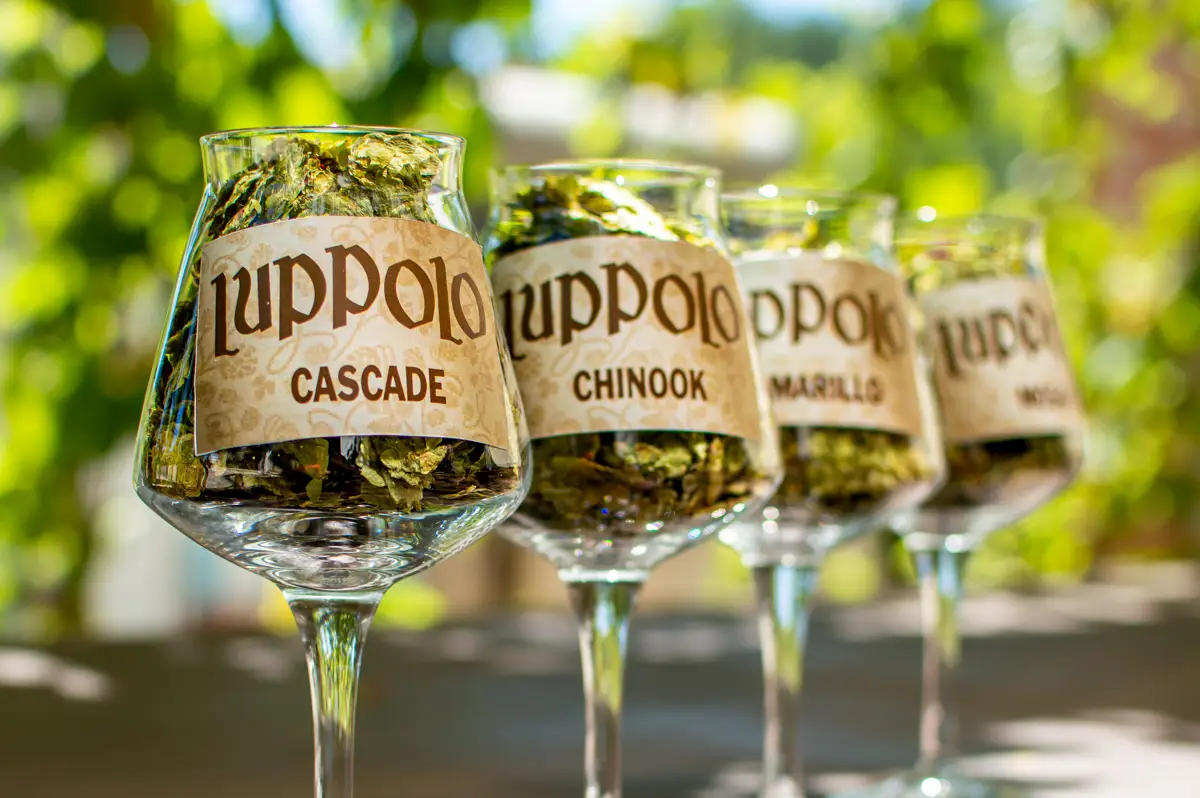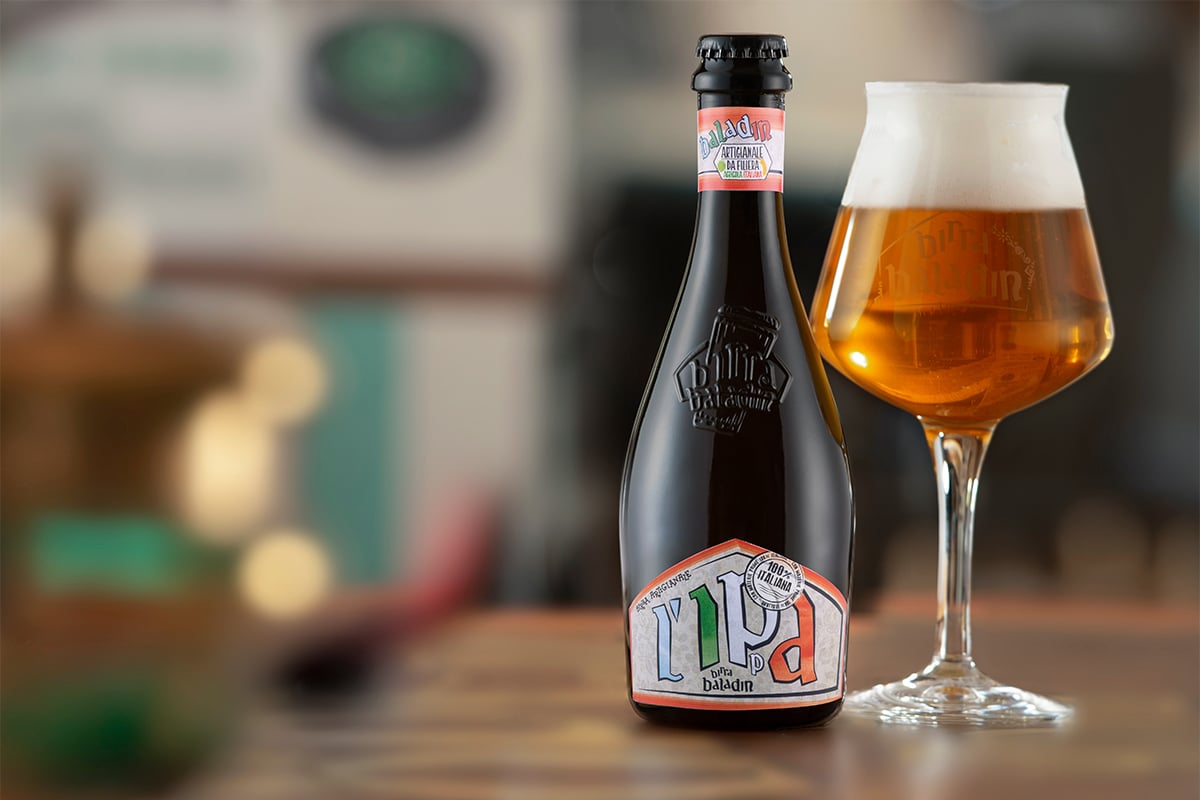The characteristics of an IPA

In the world of beer, the word IPA is often used to indicate a specific family of beers, but very few really know what their actual characteristics are. First of all, the acronym means India Pale Ale. To describe their peculiarities, we need to start from the history of these beers, as it has determined two interpretations of the style.
SUBSCRIBE TO BALADIN NEWSLETTER
A short history of Indian Pale Ales
IPAs were created in England at the time of the British empire: they were a more alcoholic, attenuated and hoppier version of common Pale Ales, and proved particularly suited to the long sea travels on the trade routes to the Indian colonies. English drinkers already drank these beers, but the style took on its name (and a dignity of its own) thanks to their popularity as an export product. The generous quantities of hops (a natural preservative) and the relatively high alcohol content allowed them to withstand the long journeys.
Decades later, these characteristics were emphasized by American craft breweries when - starting from the mid 1970’s - they reinterpreted the IPA style using local ingredients and adapting it to the taste of American consumers. This was the beginning of American IPAs, which were set to become a world phenomenon and the symbol of the craft beer revolution.
Bitter and hoppy: the characteristics of IPAs
As we have seen, the characteristics of modern IPAs descend from their original model. English IPAs are rather bitter and hoppy, as well as quite balanced. The malts – especially the historical Maris Otter – build the ideal basis to support the hops. Usually, the English “noble” Fuggle and East Kent Golding varieties are used. The top-fermenting yeast only gives a limited contribution to the aromatic profile, with gentle fruity and spicy notes, but leaves plenty of space to the remaining ingredients.
American IPAs, instead, look for a very different result, although they start from the same stylistic approach. As we mentioned, they emphasize the characteristics of English IPAs: they are slightly more bitter, and especially very hoppy. The aromatic profile changes drastically for two reasons: the entire recipe is built to bring out the hops; and the hops are local varieties, with very different organoleptic features. The other ingredients almost all serve the same purpose of supporting the hops: the yeast is virtually “neutral”, i.e. it does not contribute to the aromas, and the malt component is lighter to avoid interferences and increase the drinkability of the beer.
American IPAs have put the Cascade hop variety in the limelight. It was one of the first American varieties to become available on the market and has an aromatic arrogance that has no equal among European hops. The success of American IPAs turned this ingredient (and bitterness) into the symbol of the craft beer revolution, promoting the birth of new hop varieties both in the United States (Citra, Amarillo, Chinook, etc.), and in the rest of the world (New Zealand, Japan, Australia, Europe). American IPAs later started to include hops coming from outside the US, and this gave impulse to the creation of the first Italian hop fields to make 100% Italian beers.
India Pale Ale variations
American IPAs have been interpreted in so many different ways that, in order to describe the characteristics of each one of them, it is more appropriate to refer to the sub-style they belong to. Double IPAs, for instance, emphasize the characteristics of the original style; West Coast IPAs are light colored, bitter, and very attenuated; New England IPAs are hazy, fragrant, smooth and not too bitter; Black IPAs combine the power of hops and a gently roasted note; White IPAs exploit the aromatic contribution of a certain percentage of malted wheat; Rye IPAs have a “rustic” profile due to the presence of rye in the fermentable basis. There are just so many versions of American IPAs, and this is testament to the huge success that this style has achieved over time.




